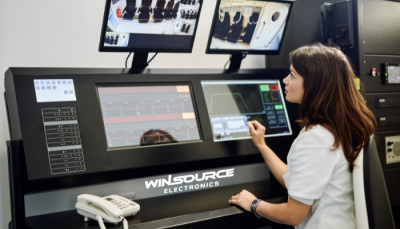
* Question
What constitutes an airbag protection system?
* Answer
An airbag protection system in a vehicle is a crucial component of automotive safety, designed to inflate rapidly during a collision to provide a cushioning barrier between the occupants and the vehicle’s structure, thus reducing the risk of serious injuries. Here’s a detailed breakdown of what constitutes an airbag protection system:
1. Airbag Modules: These are the actual airbags, which are made of a thin, nylon fabric and are folded into various parts of the vehicle such as the steering wheel, dashboard, seats, and door panels. Common locations include front airbags for the driver and front passenger, side airbags, and curtain airbags that deploy from above the windows.
2. Sensors: The airbag system includes multiple sensors that detect collision forces. These sensors are typically accelerometers located at various points around the vehicle, including the front, sides, and possibly the rear. They detect the severity and direction of the impact and send signals to the airbag control unit.
3. Airbag Control Unit (ACU): This is the system’s central processing unit. It receives data from the sensors and determines whether the impact is severe enough to warrant airbag deployment. It also decides which airbags to deploy based on the nature of the crash.
4. Inflator System: Each airbag module contains an inflator—a device that triggers the rapid inflation of the airbag. The inflator generally uses a combination of a chemical reaction involving substances like sodium azide (historically) or newer, less hazardous materials that produce a rapid generation of nitrogen gas, inflating the airbag within milliseconds.
5. Wiring and Connectors: These components ensure that electrical signals can be transmitted effectively between the sensors, the airbag control unit, and the inflators.
6. Diagnostic System: Most airbag systems are equipped with a self-diagnostic system that continuously checks the readiness of the airbags and other system components. This system typically triggers a warning light on the vehicle’s dashboard if any component of the airbag system malfunctions or if the system is not operational.
7. Deployment Criteria Algorithms: The ACU uses algorithms to analyze the sensor data and apply deployment criteria to ensure that airbags inflate only during appropriate circumstances and not during minor collisions or non-collision events.
8. Passenger Sensing System: In some vehicles, the airbag system includes sensors to detect the presence, weight, and position of passengers. This helps to prevent airbag deployment when it might be unsafe, such as in the case of small children or improperly seated individuals.
Together, these components work in coordination to provide rapid and effective protection in the event of a collision, minimizing injuries by cushioning the impact and preventing occupants from hitting hard surfaces inside the vehicle. This system is a critical part of modern automotive safety technology, contributing significantly to the reduction of fatalities and serious injuries in traffic accidents.




COMMENTS